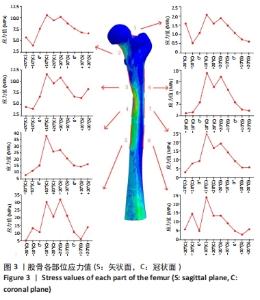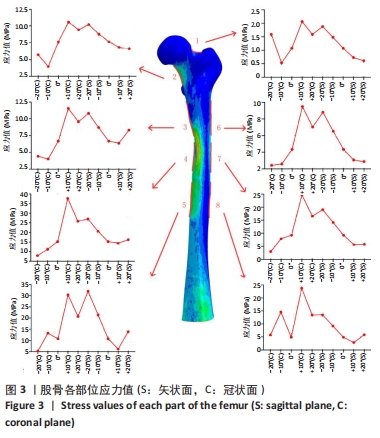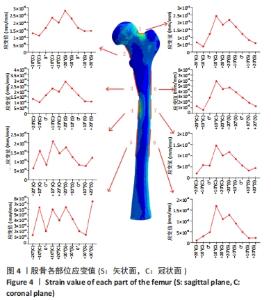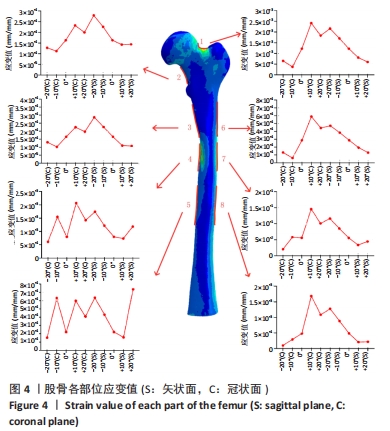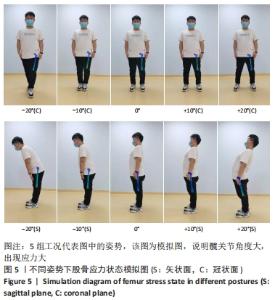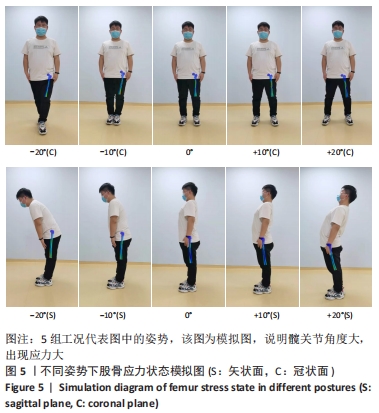[1] KONYA MN, VERIM Ö. Numerical Optimization of the Position in Femoral Head of Proximal Locking Screws of Proximal Femoral Nail System; Biomechanical Study. Balkan Med J. 2017;34(5):425-431.
[2] JIANG Y, GUO YF, MENG YK, et al. A report of a novel technique: The comprehensive fibular autograft with double metal locking plate fixation (cFALP) for refractory post-operative diaphyseal femur fracture non-union treatment. Injury. 2016;47(10):2307-2311.
[3] IMAI K. Recent methods for assessing osteoporosis and fracture risk. Recent Pat Endocr Metab Immune Drug Discov. 2014;8(1):48-59.
[4] DALL’ARA E, LUISIER B, SCHMIDT R, et al. DXA predictions of human femoral mechanical properties depend on the load configuration. Med Eng Phys. 2013;35(11):1564-1572; discussion 1564.
[5] TAYLOR M, PERILLI E, MARTELLI S. Development of a surrogate model based on patient weight, bone mass and geometry to predict femoral neck strains and fracture loads. J Biomech. 2017;55:121-127.
[6] GRASSI L, VÄÄNÄNEN SP, RISTINMAA M, et al. Prediction of femoral strength using 3D finite element models reconstructed from DXA images: validation against experiments. Biomech Model Mechanobiol. 2017;16(3):989-1000.
[7] KLUESS D, SOODMAND E, LORENZ A, et al. A round-robin finite element analysis of human femur mechanics between seven participating laboratories with experimental validation. Comput Methods Biomech Biomed Engin. 2019;22(12):1020-1031.
[8] HU ZS, LIU XL, ZHANG YZ. Comparison of Proximal Femoral Geometry and Risk Factors between Femoral Neck Fractures and Femoral Intertrochanteric Fractures in an Elderly Chinese Population. Chin Med J (Engl). 2018;131(21):2524-2530.
[9] 张英泽.成人髋部骨折指南解读[J].中华外科杂志,2015,53(1):57-62.
[10] TRABELSI N, YOSIBASH Z, WUTTE C, et al. Patient-specific finite element analysis of the human femur--a double-blinded biomechanical validation. J Biomech. 2011;44(9):1666-1672.
[11] DE BAKKER CMJ, TSENG WJ, LI Y, et al. Clinical Evaluation of Bone Strength and Fracture Risk. Curr Osteoporos Rep. 2017;15(1):32-42.
[12] STERNHEIM A, GILADI O, GORTZAK Y, et al. Pathological fracture risk assessment in patients with femoral metastases using CT-based finite element methods. A retrospective clinical study. Bone. 2018;110:215-220.
[13] CILLA M, CHECA S, DUDA GN. Strain shielding inspired re-design of proximal femoral stems for total hip arthroplasty. J Orthop Res. 2017; 35(11):2534-2544.
[14] KATZ Y, LUBOVSKY O, YOSIBASH Z. Patient-specific finite element analysis of femurs with cemented hip implants. Clin Biomech (Bristol, Avon). 2018;58:74-89.
[15] GRASSI L, KOK J, GUSTAFSSON A, et al. Elucidating failure mechanisms in human femurs during a fall to the side using bilateral digital image correlation. J Biomech. 2020;106:109826.
[16] 张馨元,丁晓红,段朋云.基于骨骼材料分布特征的髋关节有限元模型建立及其应力分析[J].北京生物医学工程,2020,39(5):462-469.
[17] SIMÕES JA, VAZ MA, BLATCHER S, et al. Influence of head constraint and muscle forces on the strain distribution within the intact femur. Med Eng Phys. 2000;22(7):453-459.
[18] 金乾坤,王巍,何盛为,等.股骨有限元模型材料属性分配梯度的优化分析[J].中国生物医学工程学报,2020,39(1):84-90.
[19] BREKELMANS WA, POORT HW, SLOOFF TJ. A new method to analyse the mechanical behaviour of skeletal parts. Acta Orthop Scand. 1972; 43(5):301-317.
[20] FAISAL TR, LUO Y. Study of stress variations in single-stance and sideways fall using image-based finite element analysis. Biomed Mater Eng. 2016;27(1):1-14.
[21] LENAERTS L, VAN LENTHE GH. Multi-level patient-specific modelling of the proximal femur. A promising tool to quantify the effect of osteoporosis treatment. Philos Trans A Math Phys Eng Sci. 2009;367 (1895):2079-2093.
[22] ZYSSET PK, DALL’ARA E, VARGA P, et al. Finite element analysis for prediction of bone strength. Bonekey Rep. 2013;2:386.
[23] DALL’ARA E, LUISIER B, SCHMIDT R, et al. A nonlinear QCT-based finite element model validation study for the human femur tested in two configurations in vitro. Bone. 2013;52(1):27-38.
[24] LIEBL H, GARCIA EG, HOLZNER F, et al. In-vivo assessment of femoral bone strength using Finite Element Analysis (FEA) based on routine MDCT imaging: a preliminary study on patients with vertebral fractures. PLoS One. 2015;10(2):e0116907.
[25] HALLER JM, POTTER MQ, KUBIAK EN. Weight bearing after a periarticular fracture: what is the evidence? Orthop Clin North Am. 2013;44(4):509-519.
[26] MUKHOPADHAYA J, JAIN A. AO principles of fracture management. Indian Journal of Orthopaedics. 2019;53(1):217. |
